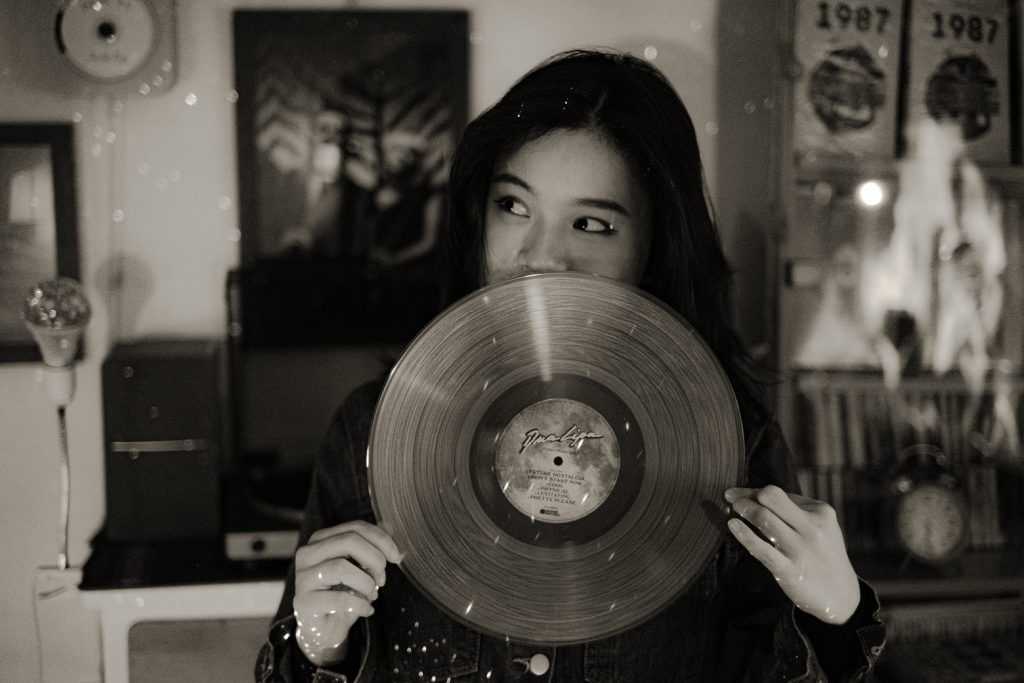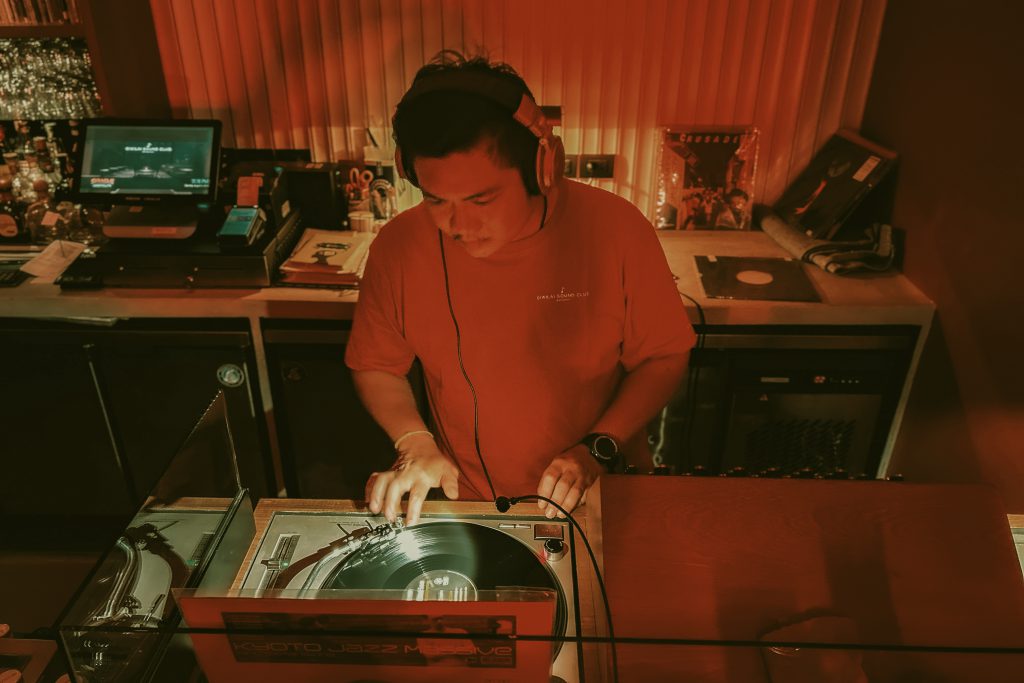Nick M.
Vinyl records are not just a way to listen to music, but witnesses of different historical eras and cultural symbols across generations. Collecting vinyl records is a luxurious hobby that signifies a certain class in music appreciation.

Whether in an ancient villa or a modern penthouse, when a music-lover places a vinyl record on the turntable and touches the needle to it, a warm sound emerges. Vinyl inherently reproduces music with a high level of detail and depth. The analog signals of vinyl records have the ability to express subtle nuances in music, from the timbre of the instruments to the voice of the singers, especially in their capacity to present a wide range of sounds, from deep bass to high notes.
Originating in the late 19th century, vinyl records opened a new chapter in the music industry. Initially created for recording and playback, they marked a breakthrough with their vibrant and authentic sound quality. Their advent not only signified a new era in music storage and reproduction but also symbolized a distinctive cultural epoch. From classical music with grand orchestras, to powerful and intense rock, to narrative and ethereal jazz, everything became uniquely different. On early spring days, sitting by the fireplace with a glass of rich whiskey and a smoky cigar, the sound of vinyl records makes the atmosphere unusually warm and deep.

In Vietnam, vinyl records appeared in the early 20th century. Initially, they were a symbol of luxury among the elite. At that time, vinyl records provided not only music but also reflected a lifestyle and a unique way of appreciating culture. Gradually, vinyl records became an integral part of the cultural and musical life of the Vietnamese people, from traditional music to works by composers like Trinh Cong Son and Pham Duy. Each vinyl record contains not just music but also encapsulates the story of an era. As the legendary artist Bob Dylan once said, “Vinyl records brought music into my life.” This is true for many in Vietnam, where vinyl records are not just a source of music but also a repository of memories and emotions.
During the Subsidized Period and the Renovation Era, many Vietnamese, when traveling to Europe, would bring back vinyl records of Beethoven, Mozart, and Chopin as precious gifts. Many generations now remember these time periods with a sense of nostalgia.
Although the emergence of CDs and digital music platforms have changed listening habits over the years, vinyl records have maintained their status and position. In the digital age, vinyl has become popular again, especially among young people. For Generation Z (those born from 1997 to 2012), vinyl is not just a classic means of listening to music, but also a way to express their individuality.
Jack White, the musician and founder of the band The White Stripes, once said, “Vinyl is not just music, it’s an experience.” Today’s younger generation seeks unique experiences, and vinyl records provide exactly that. In an era where technology has made everything more convenient, the act of waiting becomes a luxury. Enjoying music on vinyl offers a novel and special feeling. Each side of a vinyl record has a finite playtime, requiring a flip after completion, compelling the listener to slow down, relax, and focus on the sound they are hearing, instead of multitasking, as often happens with digital mediums.

Many international artists have recognized this and started re-releasing their music on vinyl, attracting the attention of both young listeners and those who appreciate music in a classical way. The blend of old and new, traditional and modern, makes vinyl more appealing than ever. It is not just a medium for listening to music, but also a part of history and culture. From its inception to its development and rebirth in the modern world, vinyl has proven its enduring value and appeal.
As the renowned music producer Quincy Jones once said, “Vinyl doesn’t just record music, it records the soul of an era.” In every era, there’s always a need for true relics tinged with the hues of time and memories.










